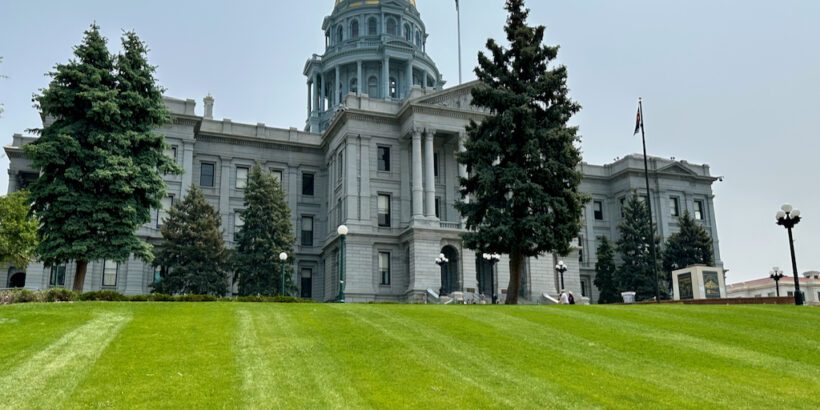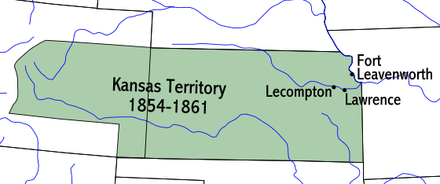After researching a lot into the geography of Colorado, I was a little bit surprised to find out that there were questions out there regarding its status as a Midwest state.
Initially, I thought you’d have to be seriously confused to even make that claim but then I started looking into the geographic breakdowns and things are a little bit more interesting than I thought.
In this article, I’ll take a look at the somewhat unexpected question of whether or not Colorado could belong in the Midwest?
Table of Contents
Is Colorado in the Midwest?
No, according to the US census, Colorado is not considered to be part of the Midwest.
The United States Census Bureau defines the Midwest as comprising 12 states: Illinois, Indiana, Iowa, Kansas, Michigan, Minnesota, Missouri, Nebraska, North Dakota, Ohio, South Dakota, and Wisconsin.
However, some parts of Colorado do share strong similarities with some states in the Midwest and I’ll talk about some of those below.
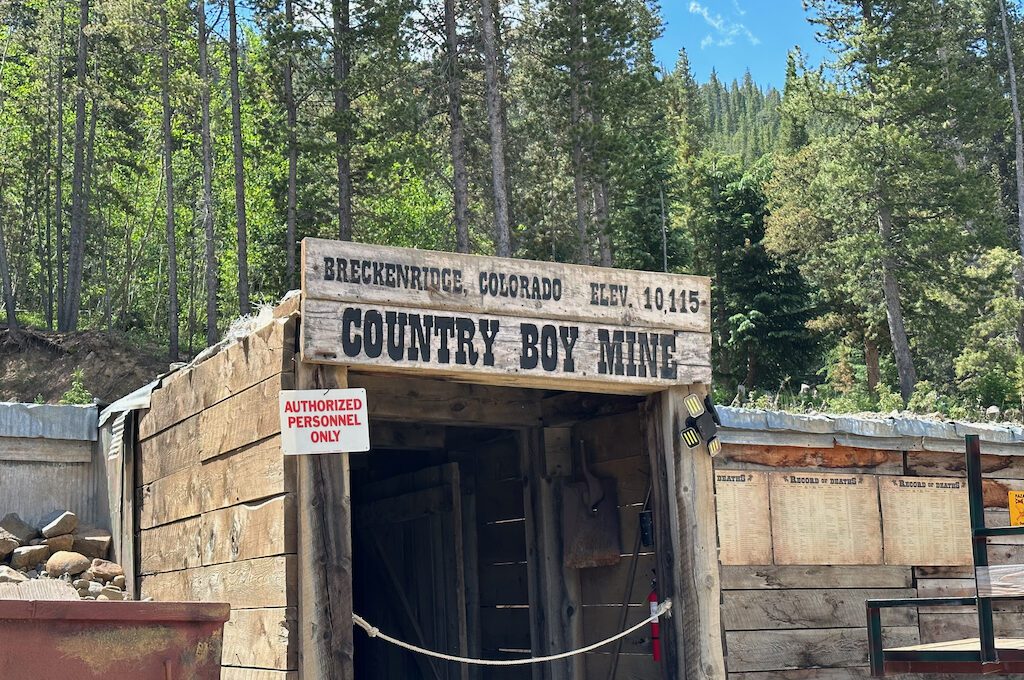
What exactly is the Midwest?
The Midwest could be confusing to an outsider because they would think it indicates a geographical location in the “middle of the west” which Colorado certainly could fit into.
But that’s not how its traditionally defined.
According to the United States Census Bureau, the Midwest could be broken down into two separate areas.
There is the East North Central which has states like Michigan, Wisconsin, Ohio, Indiana, and Illinois. This is what I believe most people probably think of when they hear the word “Midwest.”
But they also have a separate section called the West North Central which has all of the remaining states such as Iowa, Kansas, Minnesota, Missouri, Nebraska, North Dakota, and South Dakota.
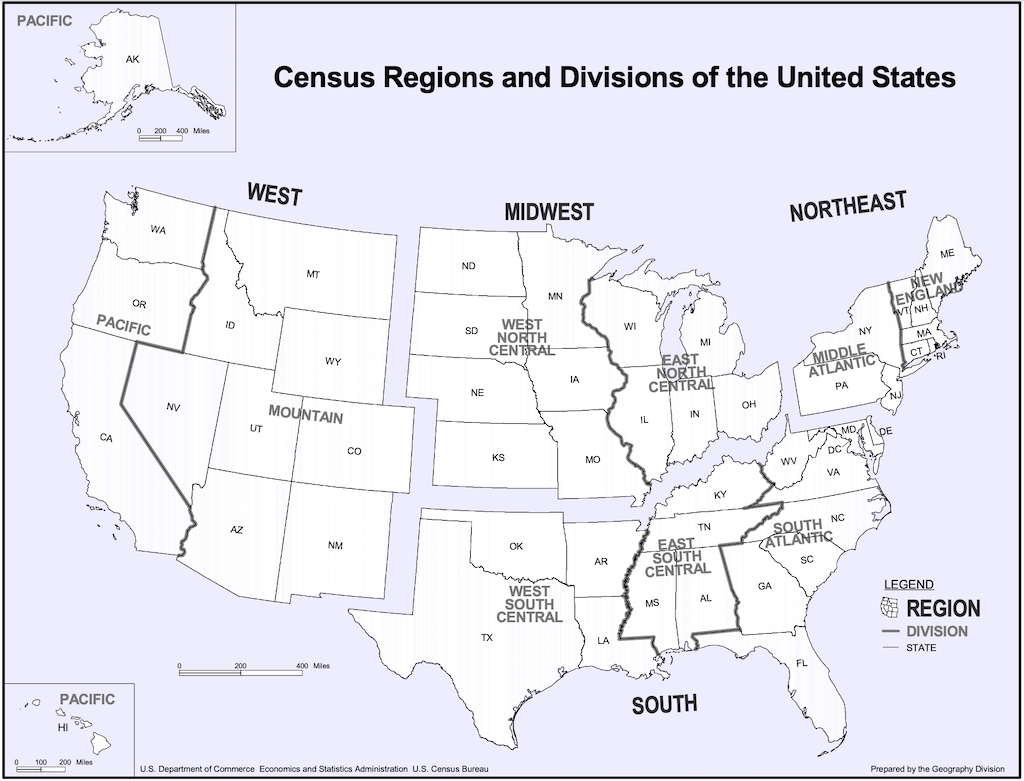
You’ll notice that there is no Colorado but there is a Kansas.
And why is that significant? I’ll show you in a second.
When you first think about Colorado the image that conjures up in your head is probably huge Rocky Mountains, mining towns, gushing streams, and alpine lakes.
But that’s only part of the state.
The eastern portion of Colorado is part of the Great Plains, just like Kansas. It’s made up of wide-open spaces, prairies, and agricultural land. Without the Front Range Mountains in view, you could easily mistake some areas of Colorado for Kansas.
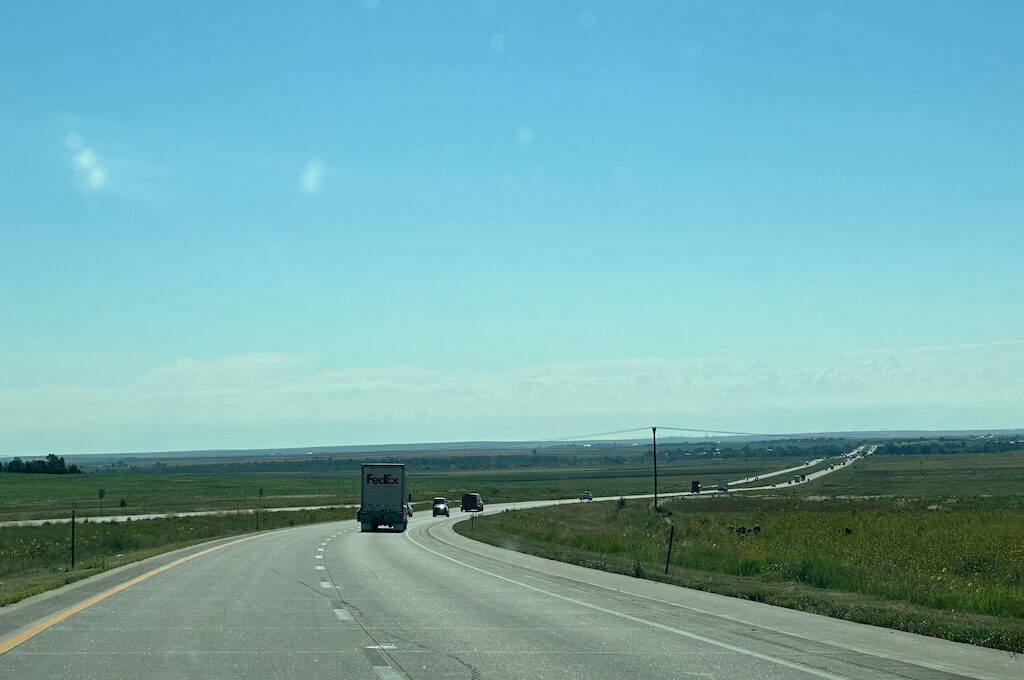
Just take a look at the map below and see how much of the state is part of the Great Plains, which is also made up of four other Midwest states.
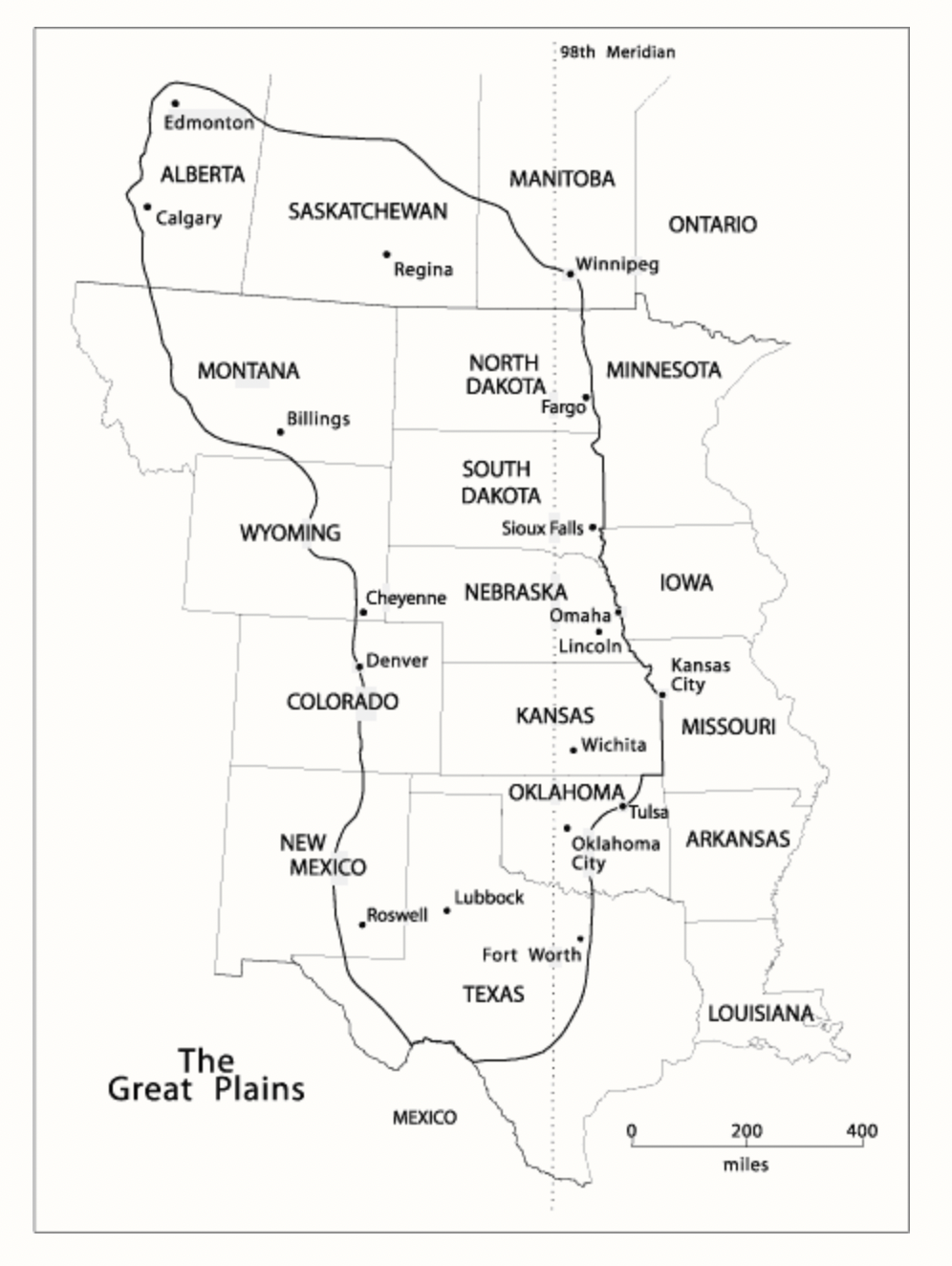
Even more specifically, there is overlap in the high plains region between Colorado, Kansas, and Nebraska among other states.
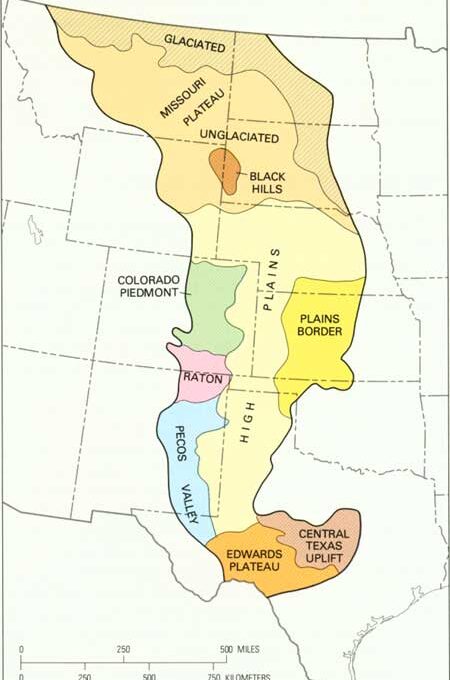
But the connection goes deeper than just similar topographical or geographical regions.
Much of this eastern region of Colorado was part of Kansas Territory back in the mid-1800s.
The Kansas Territory was established in 1854 as a result of the Kansas-Nebraska Act, which allowed settlers in the territory to decide whether to permit or prohibit slavery through popular sovereignty.
As part of the Kansas Territory, the region that would become Colorado was subject to Kansas’ territorial government.
Eventually, in 1859, “Pikes Peakers” founded the town of Denver along the banks of the South Platte River, which was actually named after Kansas Governor James W. Denver.
The discovery of gold in the region during the Pike’s Peak Gold Rush accelerated migration, attracting thousands of fortune-seekers to the area. Many of these settlers came from Kansas and Nebraska, and their connections to these territories influenced Colorado’s early development.
Eventually, the influx of people and the need for local governance prompted the creation of a new territory.
On February 28, 1861, the United States Congress created the Territory of Colorado by carving it out of parts of the Kansas, Nebraska (another Midwest state), New Mexico, and Utah Territories.
With the formation of the Colorado Territory, the region gained its own distinct political and administrative identity, separate from Kansas and eventually Colorado was admitted to the Union as the 38th state on August 1, 1876.
All of that is to say that the history of Colorado is intertwined politically with states from the Midwest and a large portion of the state shares the same geographic region as several Midwestern states. So there is a Midwest connection.
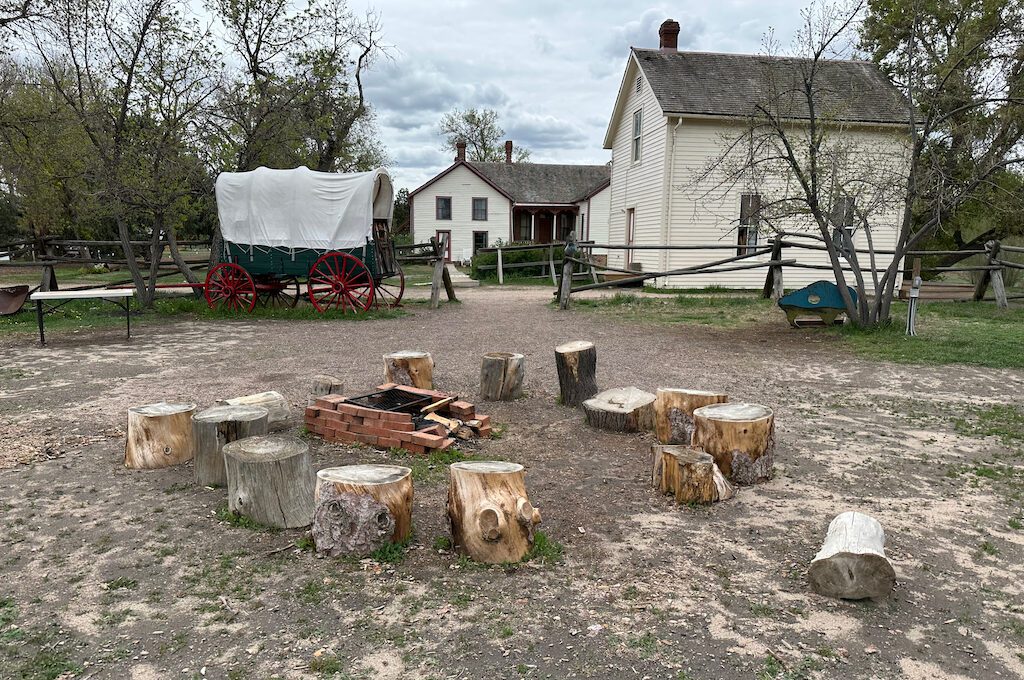
So what is Colorado?
With all of that said, Colorado is definitely more of a mountain west state, in my opinion. Its defining feature — the Rocky Mountains — give it a certain feel that overshadows all of the state’s Midwestern similarities.
The state’s abundance of outdoor recreational opportunities, such as high elevation hiking, skiing, mountain biking, and rock climbing, offer experiences vastly different from most of the Midwest and more in line with what you would find north, west, and south of the state.
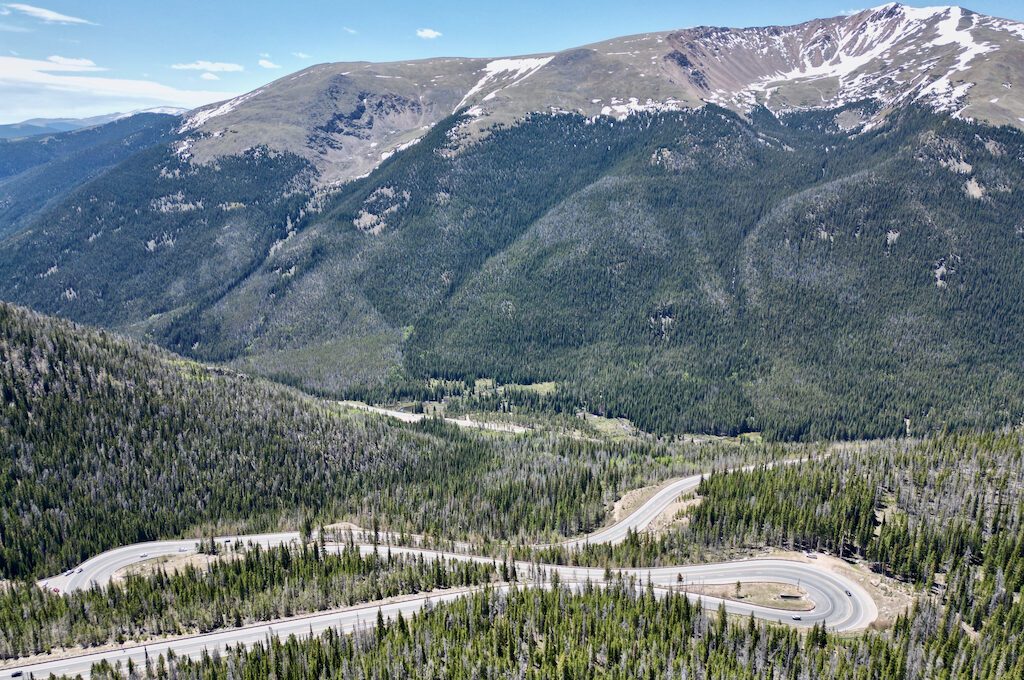
Also, the spirit of the Wild West and the frontier days still resonates throughout the state, reflecting the legacy of early pioneers, Gold Rush miners, and settlers. You can get a sense of this history in many places like the Buffalo Bill Museum, one of the many gold mine tours, or by popping into any of the mining museums.
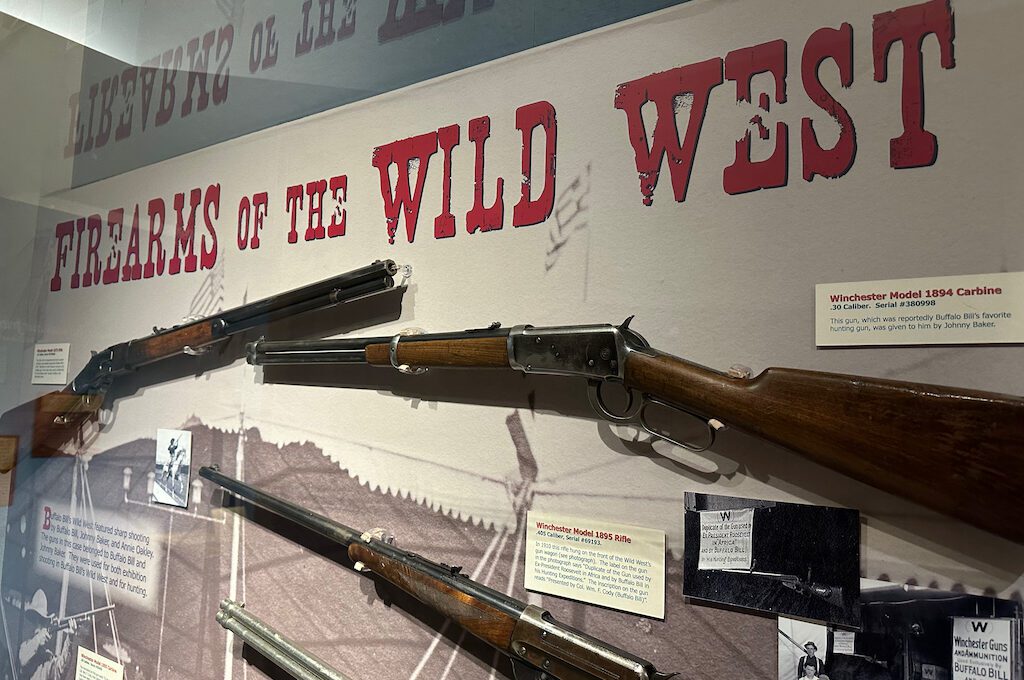
There’s also a Hispanic and Native American presence found in Colorado (particularly in the southern part of the state where you can see it in the traditions, cuisine, architecture, etc.). That is more in line with what you’d find in Southwest states such as New Mexico and Arizona and even West Texas.
Some claim that there is still an influence of Midwest culture in the state, which seems hard to deny in the eastern portion of the state. And while there was once an influx of people from the Midwest into Colorado, most transplants coming into Colorado today come from California, Texas, and Arizona, which is probably why cities like Denver have such a melting pot feel to them.
It is worth noting that Colorado is sort of like Texas in that it’s an intersection of very different regions which makes pinning it down to one category a difficult task. Also, not everyone agrees on the definition of “Midwest” which further complicates the question.
Perhaps a better way of thinking about Colorado is that it’s primarily a mountain west state with noticeable similarities with the Southwest, Midwest, and Inter-mountain West.
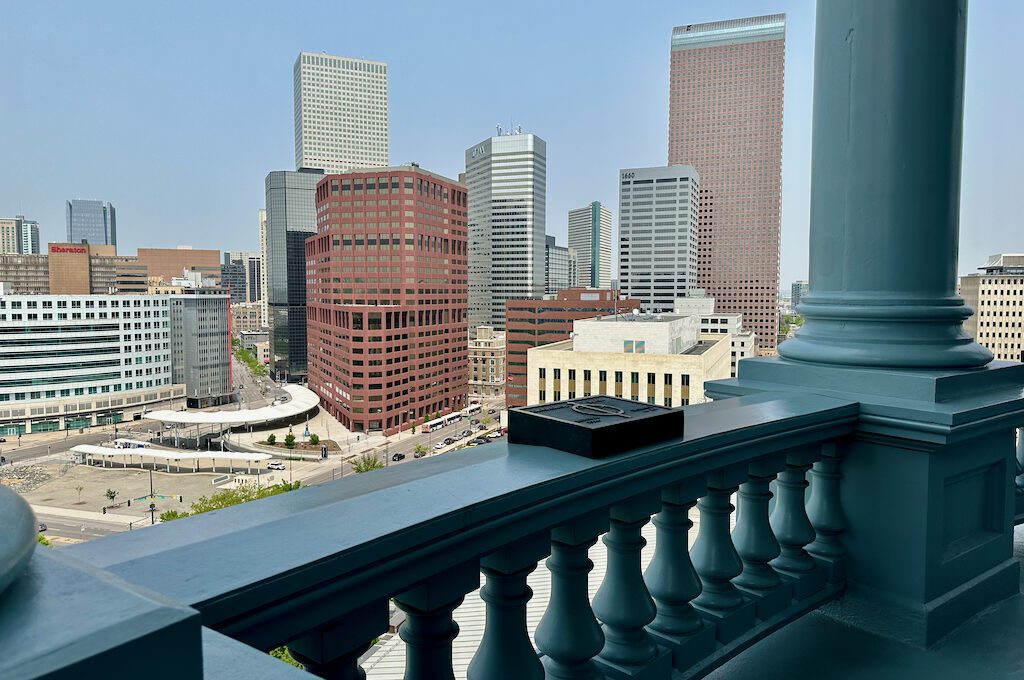
Final word
Colorado is officially excluded from the Midwest, and some of its primary distinguishing characteristics deviate from the typical features associated with Midwestern states.
Nevertheless, Colorado does have certain connections to some states classified as part of the Midwest, leading to understandable inquiries about its geographic identity.
Daniel Gillaspia is the Founder of UponArriving.com and the credit card app, WalletFlo. He is a former attorney turned travel expert covering destinations along with TSA, airline, and hotel policies. Since 2014, his content has been featured in publications such as National Geographic, Smithsonian Magazine, and CNBC. Read my bio.

